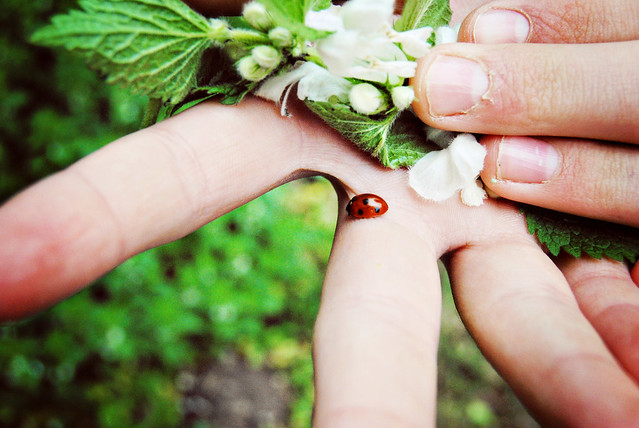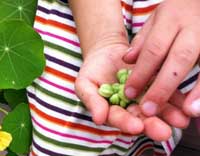There’s an underground “restaurant” in San Francisco, aptly named Forage, where meals are completely foraged from the local region. The location of the makeshift restaurant isn’t revealed until two hours before dinner starts, and it comes with a hefty price of $80 per person. Since Forage isn’t licensed, it’s not legal, but the food is amazing. Why not create your own foraged meal with your kids?
The kind of meal you can create depends wholly on what’s available in your area. However, Forage is proof that even in a big city; foraged meals are possible and delicious. If you spend your days managing a CMS system, it’s also a great way for you to get outdoors. Check out these tips for (truly) eating local.
Easiest Foods to Forage
Mushrooms are notoriously foraged and there’s a wide variety to choose from. However, some can be poisonous, so be completely sure what type of mushroom you’ve found. Garlic is another item that’s easy to forage, and wild garlic is a little less intense than traditional cloved garlic. You might be surprised to learn that elderflower can be eaten raw or cooked a variety of ways.
Dandelions are more than just a pest in your yard; they’re also delicious, and the entire plant can be consumed. Of course, berries and nuts are also popular, but make sure to check any berries you aren’t sure of before you eat them. While traditional foraging is done in the wild, there are many property owners who are happy to have you take care of their (over)abundance of some foods.
The Best Place to Forage
Sometimes the most delicious foods are considered local pests. That’s great news for you, since people are happy to get rid of them. Taking a hike is a great way to check out local foods that you might otherwise miss. Research what plants and foods are common in your region and get armed with photos and descriptions when you head outdoors.
Herbs grow all over the place, and it’s possible you might have some treasures in your own yard. Oregano, rosemary and peppermint are just a few common possibilities. Watercress and sunflowers are also common in many areas and provide the foundation for a great meal. If you’re looking for areas to forage, keep an eye out for wetter places, where a nearby stream or reservoir encourages the growth of foods.

Willing to Pay for the Experience?
Traditional foraging isn’t for everyone. However, you can still get a hand-picked meal without finding the foods yourself. Take advantage of local farms where you can pick fruits and vegetables yourself. Prices are very low compared to supermarkets and it’s a great experience to share as a family.
Whether you’re more into the DIY approach or would rather visit a farm complete with red wagons to haul your goodies, foraging is a time-honored tradition. Try it out for the next family meal and you’ll be surprised at how fun, and inexpensive, it is.







